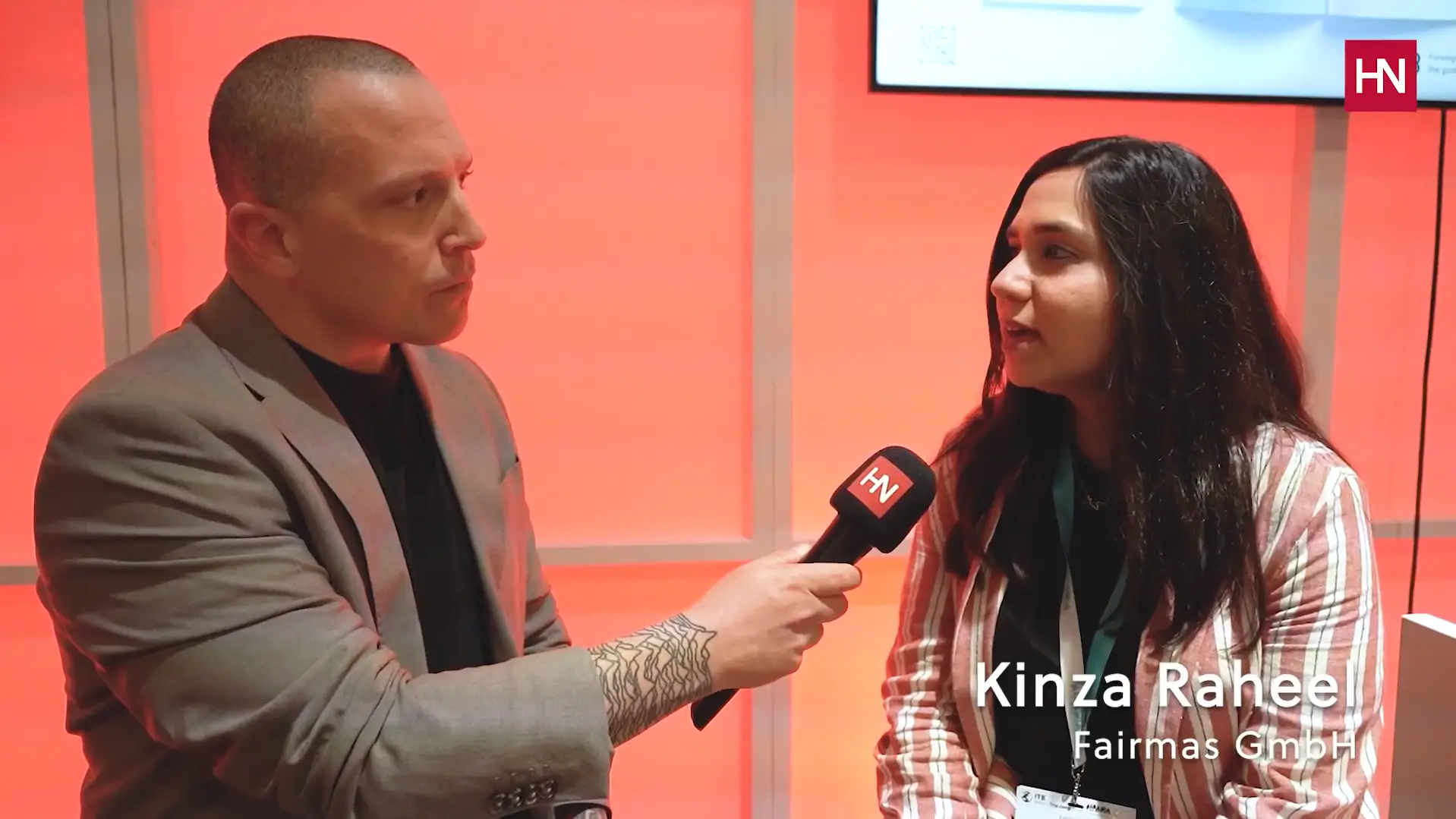A three-step guide of Best Practices using FairPlanner
Everyone is affected by today’s global pandemic situation, and the hospitality industry is one of the hard-hit industries. However, there is one truth: There will eventually be an end to all of this and businesses will resume its normal operations, whatever that new normal may be. In the meantime, despite the world being on a standstill, hoteliers should not just be sitting and waiting. Instead, forward-thinking hotel leaders should take the opportunity to prepare for when the wheel starts turning once again.
Step 1: Plan a base scenario (= Forecast)
with the most realistic option of what is going to happen
Planning in Hospitality starts with the biggest revenue center – Rooms Department, followed by the rest.
Planning the rooms occupancy and ADR by market segment provides the flexibility to reflect on the hotel’s most probable “reopening” scenario. Begin by asking the right questions to guide yourself. For example: When can we re-open the hotel? Who would be returning first, which market segment, e.g. business guests or leisure guests? When can we expect the first large numbers of guests? When does group business return? So on and so forth.
Best Practice:
- Just one click of a button to pull up your existing Forecast and start adjustments
Simplification is key. Just navigate to the segmentation department on the P&L for monthly editing rooms occupancy, rate and revenue by market segment - Even better: Daily planning by market segment (or by account line item) with Advanced Revenue Planner
This increases planning accuracy as it allows you to plan occupancy, ADR and revenue by day. - Up to date “On-the-Books” (OTB) data made available via PMS interfaces
Planning could be based on the already existing reservations and allows to closely monitor changes in business and quick reactions. - Combined event calendar
This simplifies the planning process since the user is able to identify possible future event dates and decide if and how they will impact the occupancy / rate. Last year´s actual results by market segment are available and could indicate high demand and low demand periods. - Optional integration of Revenue Management System data
For example: IDeaS, Duetto and Marriott One Yield among others, allow users to consider the use of the Demand Forecast from these systems when planning the financial forecast in the Advanced Revenue Planner. - “Pickup Planning” alternative – plan by pickup, not just final values (= variance Forecast vs. OTB)
Not only does this feature simplify planning, but it also allows the user to take on a different approach to the process that results in gaining a new perspective of how business is performing.
- For variable costs and revenues: Assisted planning using automated “drivers”
Through driver relations, users save time and effort as any update on the rooms Forecast automatically re-calculates variable costs and revenues. For example, an increase in occupied rooms would automatically increase the costs for cleaning supplies (or any other cost), as well as revenue for breakfast (and other revenues).
- After Rooms planning is done, work on the other revenues and cost centers.
The advantage with FairPlanner: The detailed rooms revenue Forecast is directly available in the P&L as the basis for revenue and cost planning per department / cost center. Payroll costs can be adjusted easily per department.
Conclusion: It is not time-consuming to create / update a forecast to have a realistic base scenario.
Step 2: Plan a “Best Case” and “Worst Case” scenario (= What-if Scenario)
as versions of the realistic Forecast
A What-if calculation helps users predict the outcome of changes in any amended variable on the total hotel result.
Best Practice:
- Use flexible What-if scenarios in FairPlanner
The What-if scenario could be based on zero (“empty”) or based on another scenario data. - Just a click of a button – open a new What-if scenario
Start easy by using the realistic Forecast already created as base.
- Easily adjustable Rooms Revenue Forecast
It is simple because the user can just apply the procedure in Step 1.
- Automated “Driver” relations
As in Step 1, drivers will automatically calculate and update all the other revenue and cost line items.
- Compare your options at a glance
On the P&L and on all reports, quickly pull up the realistic forecast next to the best case and worst-case scenarios. Gain foresight by analyzing variances easily in order to always stay on top of your business and ensure long-term success.
Conclusion: Planning of the What-if scenarios is done smoothly and quickly – an easy task with FairPlanner
Not only do hoteliers have three scenarios at hand to guide themselves in their sales strategies and business decisions. We also see more often that banks / owners / investors require different future planning scenarios from hotels especially in the current crisis.
Step 3: Upon resuming operations, stay up to date with business On-the-Books development
PickupTracking provides easy-to-understand tables and graphs that reflect the development of the business On-the-Books and the daily changes.
Best Practice:
- Availability as an iOS / Android App as well as automatic scheduled reporting via email
You can monitor business anytime, anywhere.
- Dashboard view for the whole portfolio, by cluster or individual property
Be flexible by being able to select the depth of detail that benefit all management levels.
- Daily overview of hotel key performance indicators (KPIs) plus 365 days into the future
This includes information regarding On-the-Books by market segment, pickup by market segment, comparison to Forecast / Budget, Year-on- Year, Same-Day-Last-Year and many more.
- Segmentation options available
Users have the option of using the raw PMS segments or own customized segment groups as basis of information they individually require.
- Integration of Rate Shopping data from partners
Gain a comprehensive 365-degree view of the business On-the-Books including competitor rate information. - Additional analyses for Forecast and Budget validation and booking pace for certain events or periods
The event calendar and availability of historical data of up to 5 years serve as guidance for the planning of sales strategies.
Conclusion: PickupTracking is the perfect solution to closely monitor business On-the-Books. As an addition to FairPlanner or as a standalone solution, hoteliers can be agile and apply proactive revenue management to ensure their long-term performance.
Is this helpful for you? Ask for your personal online demo to get to know all the advantages and features of the different Fairmas software solutions.



